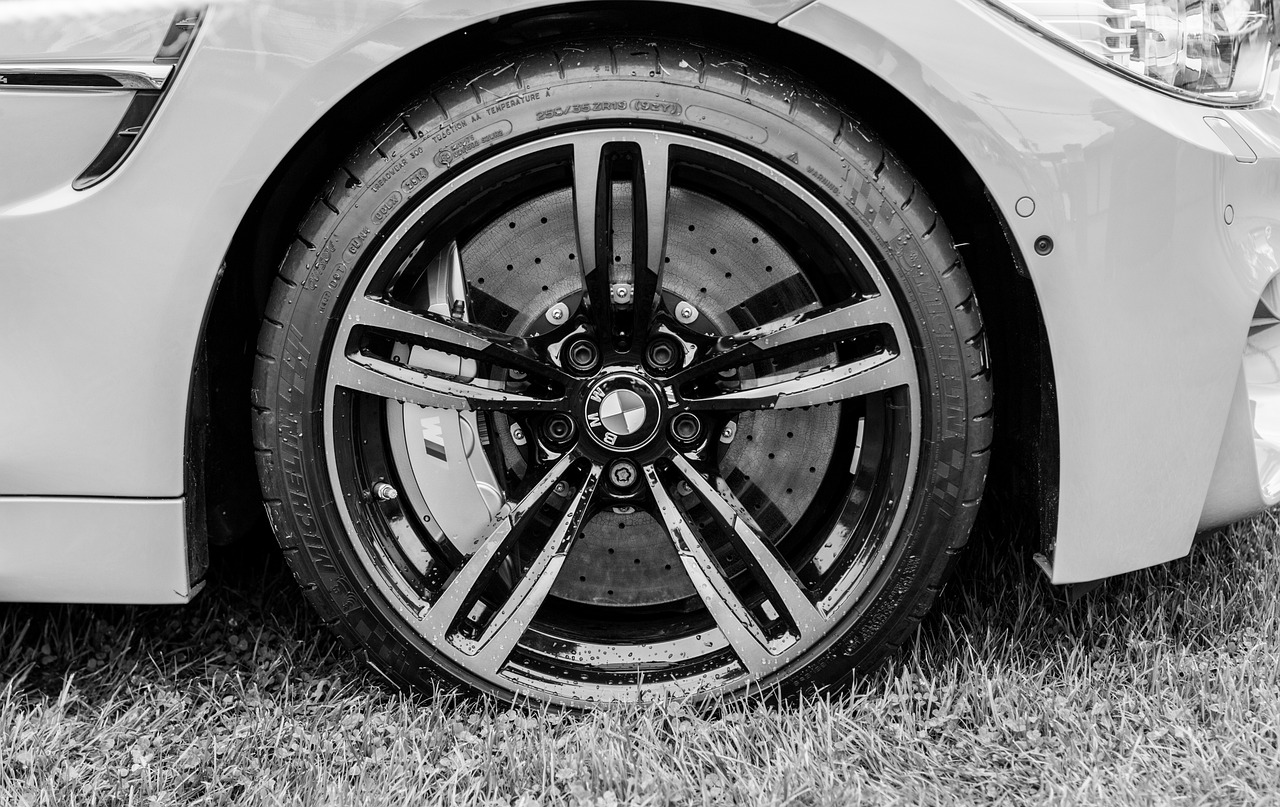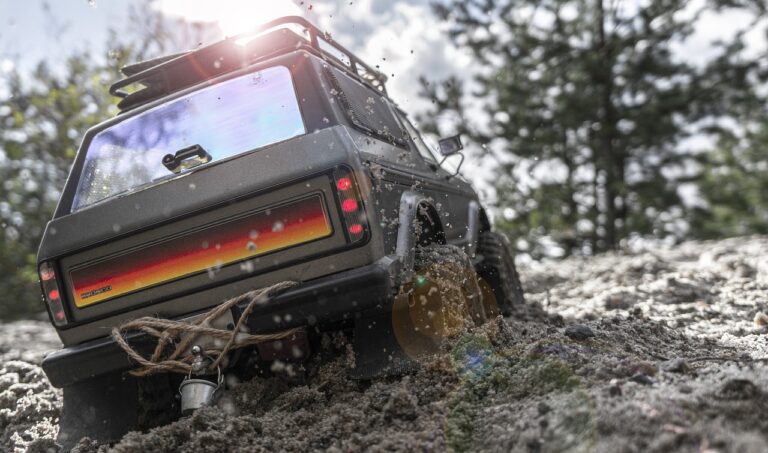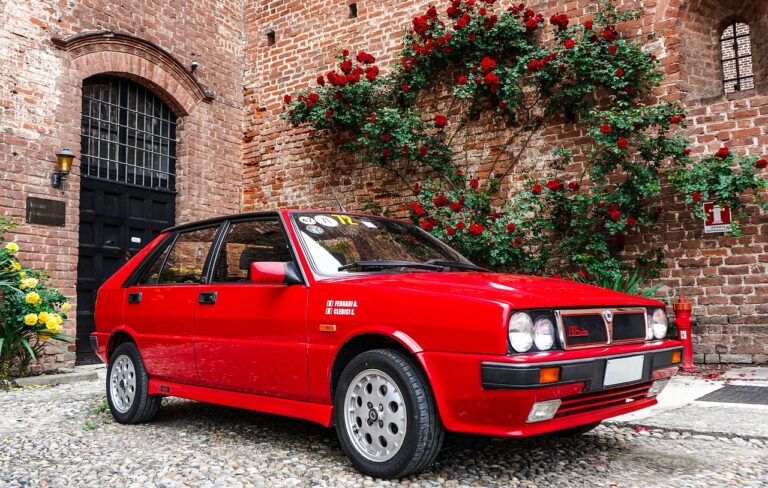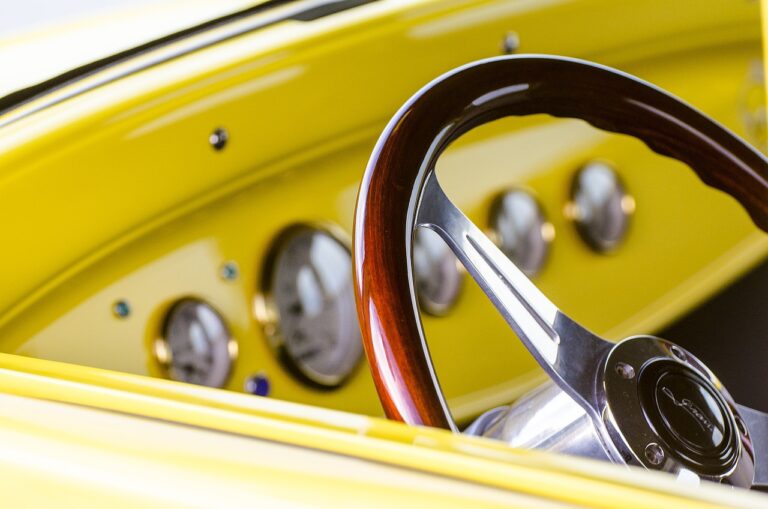The Role of Virtual Reality in Auto Design and Prototyping
Virtual reality (VR) has revolutionized the field of auto design, offering numerous benefits that traditional design methods simply cannot match. One of the key advantages of VR in auto design is the ability to create highly realistic and immersive simulations. Designers can visualize and interact with virtual prototypes in a way that was previously impossible, allowing for a more intuitive and hands-on design process.
Moreover, VR allows designers to quickly iterate and refine their designs, saving both time and resources in the development process. By creating virtual prototypes, designers can easily test different ideas and concepts without the need for physical models or expensive manufacturing. This flexibility and efficiency have made VR an invaluable tool in the auto design industry, driving innovation and pushing the boundaries of what is possible in vehicle design.
The Impact of Virtual Reality on Design Efficiency
Virtual reality has significantly transformed the way automotive designers approach their work, providing a platform that allows for more efficient and effective design processes. By immersing designers in virtual environments, VR technology enables them to visualize and evaluate their designs in a more realistic and dynamic manner. This enhanced visualization not only streamlines the design process but also helps to identify and address potential issues at an earlier stage, ultimately saving time and resources.
Moreover, the interactive nature of virtual reality in auto design facilitates quick iterations and modifications to designs, leading to faster decision-making processes. Designers can easily manipulate their creations in real-time, allowing for immediate feedback and adjustments. This ability to rapidly iterate on designs not only increases efficiency but also fosters creativity by encouraging experimentation and exploration of new ideas and concepts within the automotive design realm.
How Virtual Reality Enhances Collaboration in Auto Design
Virtual reality (VR) technology has revolutionized the way automotive designers collaborate on projects. By immersing team members in a virtual environment, VR enhances communication and fosters a deeper level of understanding between designers, engineers, and stakeholders. This level of immersion allows team members to visualize and interact with designs in real-time, providing instant feedback and adjustments that can significantly streamline the collaboration process.
Furthermore, VR’s ability to simulate real-world scenarios within a virtual space enables designers to test out different design concepts and make informed decisions collectively. This dynamic environment encourages creativity and innovation, as team members can explore various design possibilities and troubleshoot potential issues before the physical prototyping stage. Ultimately, by promoting a collaborative and interactive design process, VR enhances efficiency and accuracy in auto design projects.





